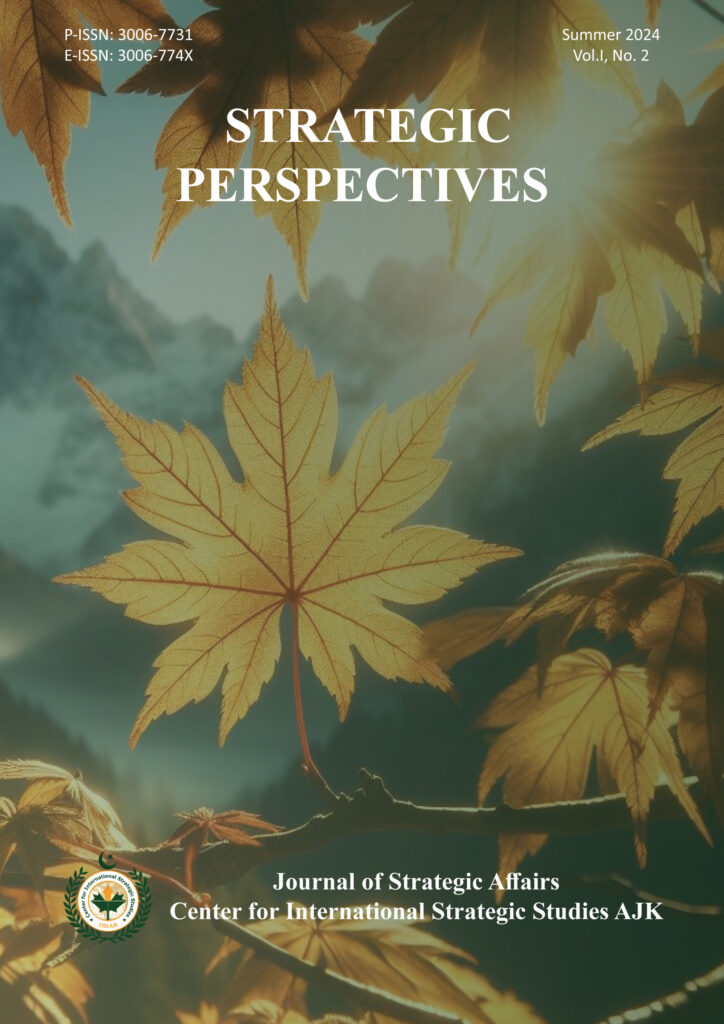Vol. I No. 2 (2024): Strategic Perspectives, Summer 2024
Strategic Non-Nuclear Weapons (SNNWs) and Deterrence Stability between Pakistan and India
Ahyousha Khan

Published June 30, 2024
Abstract
Strategic Non-Nuclear Weapons (SNNWs) have the potential to undermine nuclear deterrence by increasing the vulnerability of nuclear forces. This objective is accomplished by targeting adversary nuclear assets, altering escalation dynamics, shifting perceptions of vulnerability, and introducing new strategic variables into the deterrence calculus. This impact is particularly significant for smaller states with limited nuclear arsenals, but as technology advances, all states may eventually be affected. Deterrence relies on the survivability of nuclear systems to ensure retaliatory capability. In Pakistan-India’s nuclear dyad, India’s continuous advancements in the development, procurement, and deployment of SNNWs along with propensity for risk-taking —amidst ongoing hostilities, historical grievances, conflicts, and recurring crises—could provoke preemptive actions or more aggressive stances during confrontations. Therefore, this article explores the destabilizing dynamics of Pakistan-India deterrence caused by India’s ongoing adoption of SNNWs and its subsequent political intent to employ these weapons. By utilizing qualitative methodology, this article concludes that these technologies have the potential to alter existing deterrence equations in South Asia.
Key Words
Pakistan, India, SNNWs, Strategic Stability, Nuclear Weapons
